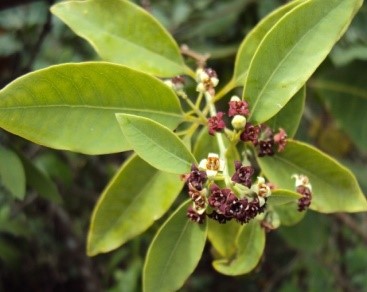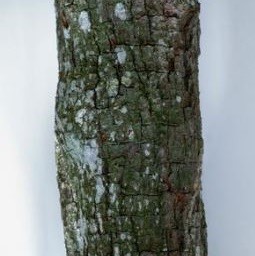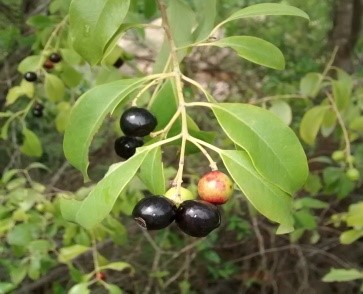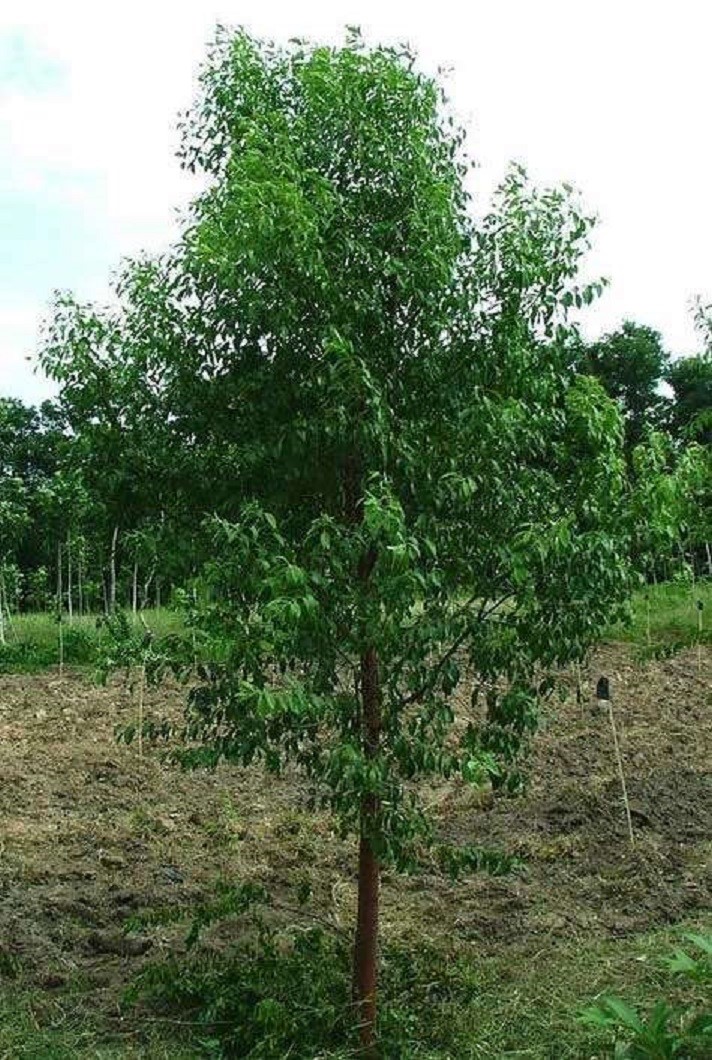Trees
Santalum album L.
Santalum album L.
Description :
This tree is the evergreen small sized or shrub tree having height of
about 5 to 10m. They may live to one hundred years of age. The tree is variable
in habit, usually upright to sprawling, and may intertwine with other species.
The reddish or brown bark can be almost black and is smooth in young trees,
becoming cracked with a red reveal. Leaves are light green, shiny, simple,
estipulate and opposite and they are 4 to 9 cm long and 1.5 to 4 cm wide. The
petiole is up to 12 to 18 mm long. Flowers are small and bisexual and reddish
purple in colour. Single seeded Fruit is a drupe, reddish purple turning black,
and it is 1 to 1.5 cm in diameter.
Distribution :
This plant is indigenous to the tropical belt of the Indian subcontinent
(Pakistan, India and Bangladesh), eastern Indonesia and northern Australia.
Sandalwood is now cultivated in India, Pakistan, Sri Lanka, Indonesia,
Malaysia, the Philippines and Northern Australia. They grow in dry forests of about 700 m. It is mostly found
in dry deciduous and scrub forests where the vegetation type is a typical
monsoon vine thicket growing on pure sand. Also found in wet forests.
Uses :
The
bark is sometimes chewed as an alternative to betel nuts. Fruits are also
edible. The wood is greatly valued for its amazing smell used in perfumes and
cosmetics. The essence is distilled from the heartwood. The wood is considered the finest wood for
carving. Oil extracted from the plant is used for the itching relief. Plant
also has other medicinal uses like past from the inner wood is used to make
medicines for the treatment of different diseases and problems like fatigue,
aches, pain during urination, diarrhoea etc. Sometimes it is grown as an
ornamental and as a low-branching windbreak, whilst its leaves provide green
manure.
(Xin-Hua et al., 2012;
Burdock & Carabin, 2008; Askari et al. 2002)



